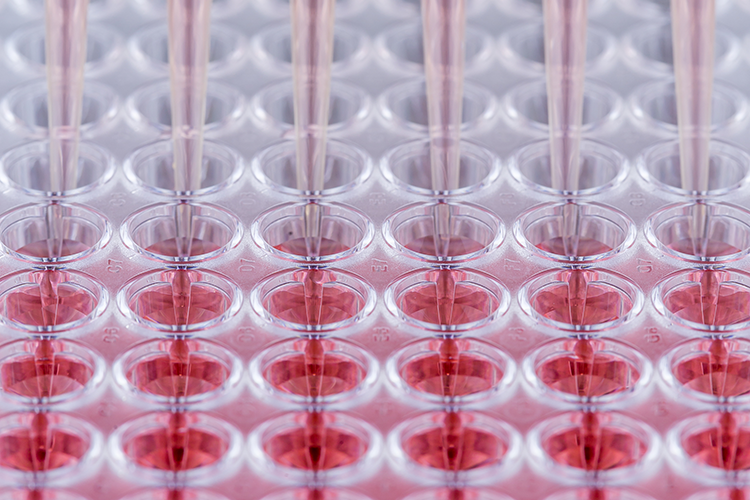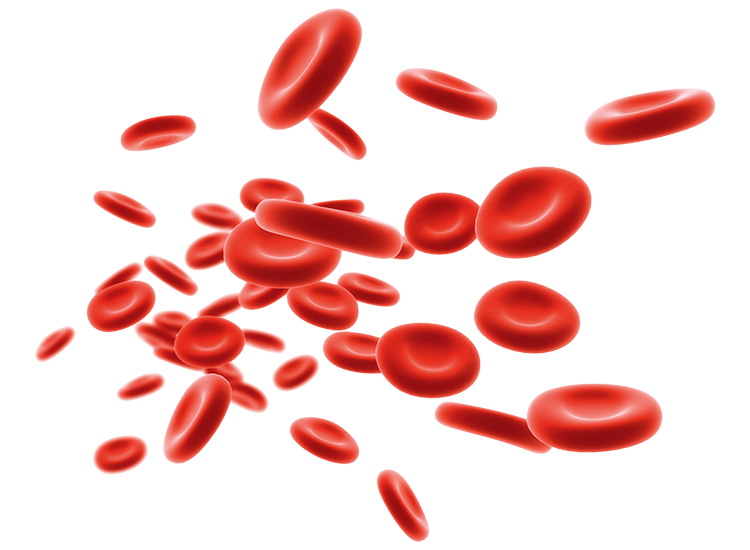Follow-Up Genetic
Toxicology Assays
Uncertain Genotoxicity Results? Learn How to Assess Their Significance.

Studies have shown that 29% of marketed drugs contained positive findings in one of the four categories of standard genetic toxicology battery assays (Ames (bacterial mutation), in vitro mammalian cell gene mutation (HPRT or MLA), in vitro cytogenetics (micronucleus or chromosome aberration) and in vivo micronucleus). When a substance shows a positive result in a genetic toxicology test, it indicates that it has the potential to cause genetic damage. However, a positive result from an initial in vitro (cell culture) test does not automatically mean a human health risk. For these reasons, a range of approaches are available to assess the relevance of a positive genotoxicity result. While there are techniques such as QSAR and FISH/CREST to provide additional support for a positive result, follow-up assays can be conducted to further define the biological relevance of the result.
Follow-up testing is a crucial part of the risk assessment process. The goal is to determine if the in vitro genotoxicity is a true hazard and if it can be expressed in a whole organism (in vivo). The strategy for follow-up testing is not one-size-fits-all and depends on the initial test results and the characteristics of the substance.
The most common and critical step after a positive in vitro result is to conduct an in vivo test, typically in rodents. This is done to see if the genetic damage observed in the lab can actually occur in a living animal. In vivo tests account for the body's complex systems, including:
- Metabolism: The body may metabolize a substance into a harmless form, or, conversely, it may activate a non-genotoxic substance into a genotoxic one.
- Absorption and Distribution: The substance may not be absorbed into the bloodstream or reach the target organs at a high enough concentration to cause damage.
- DNA Repair: The organism's natural DNA repair mechanisms might be able to fix the damage before it becomes a problem.
Inotiv offers the following assays as follow-up testing to positive in vitro genetox studies:
Pig-a Assay (Transgenic Rodent Gene Mutation Assay)
Integrated Genetic Toxicology Endpoints and Repeat Dose Studies
Genetic toxicology endpoints may be integrated into rodent repeat dose toxicology studies. Endpoints can be evaluated by flow cytometry (when available) or manual scoring (microscopy).
Endpoints include: Micronucleus, Comet, and Pig-a gene mutation.
Error Corrected Next Gen Sequencing/Duplex Sequencing
The assays typically used to follow up on a positive Ames or other in vitro mutagenicity assay are currently the Pig-a gene mutation and transgenic rodent (TGR) mutation assays. Duplex sequencing is an error-corrected next generation sequencing(ecNGS) technology that can supplement and potentially replace the Pig-a and TGR assays for the detection of in vivo mutagenicity. Please contact us for more information.









